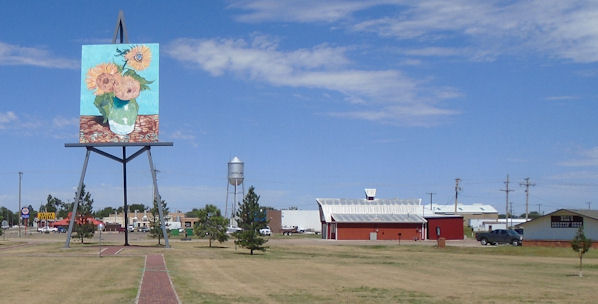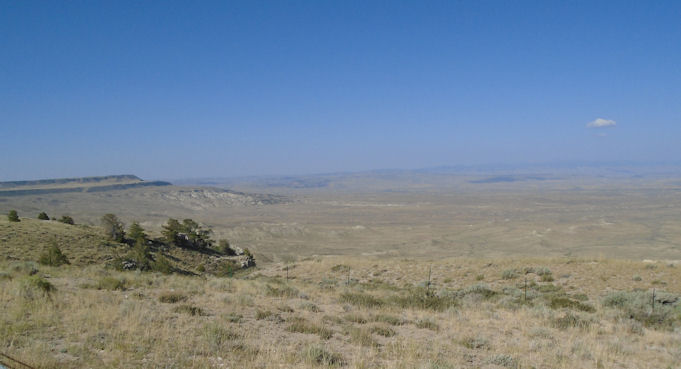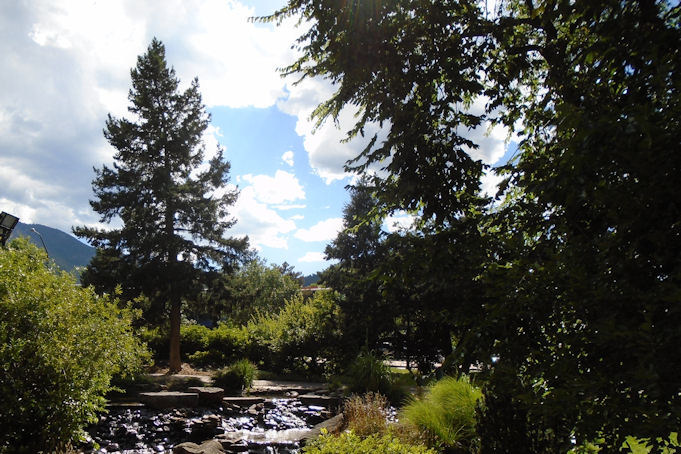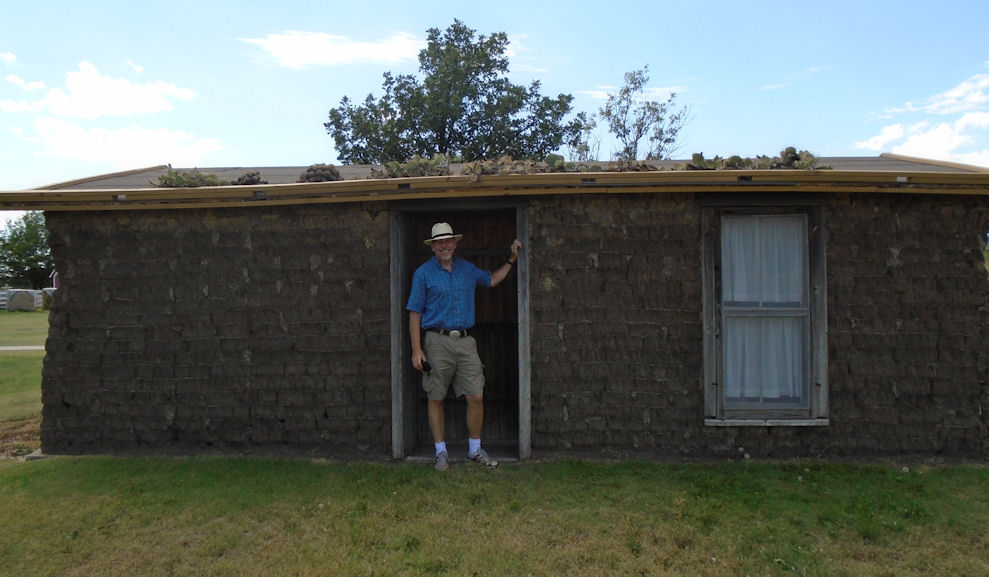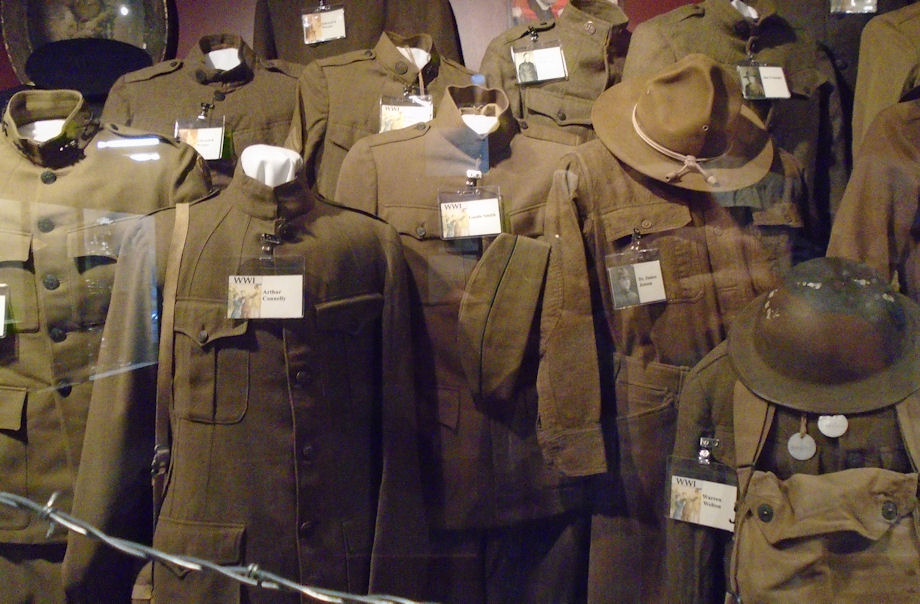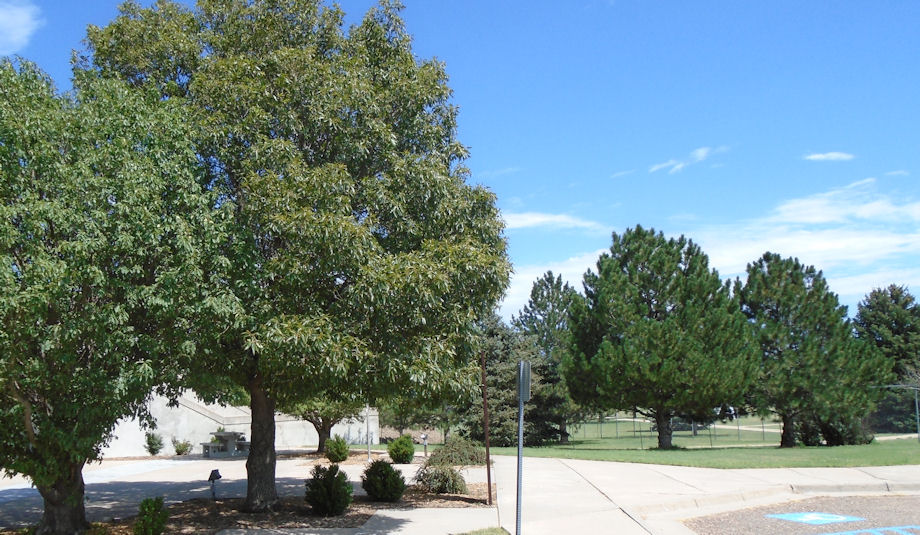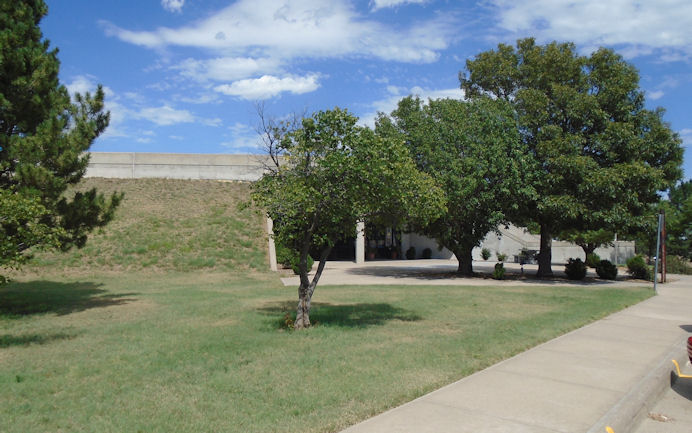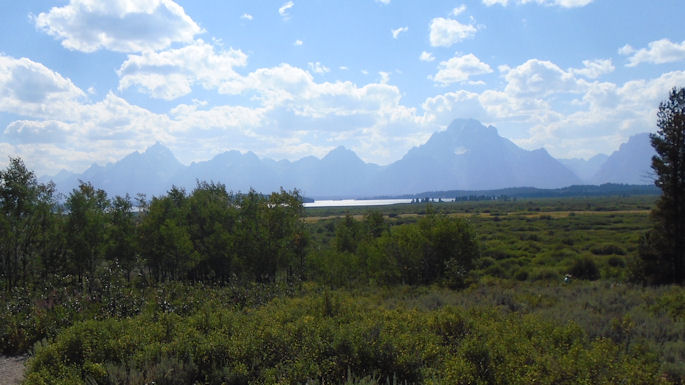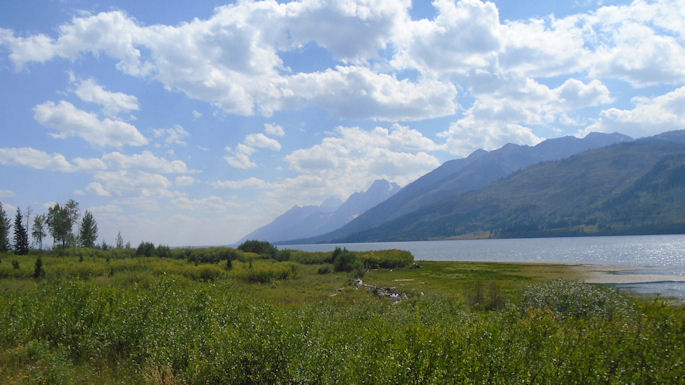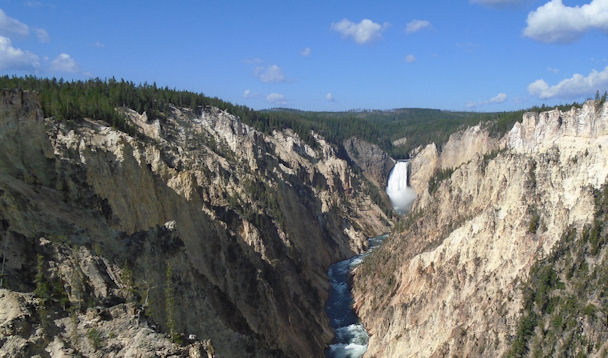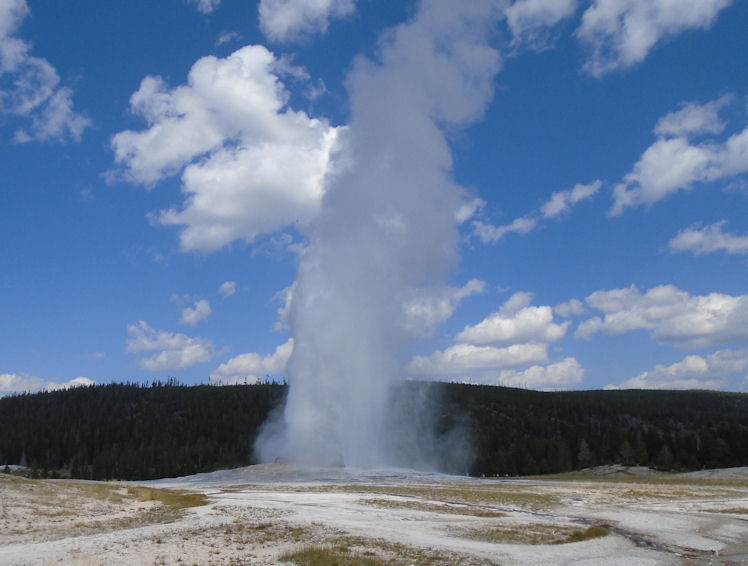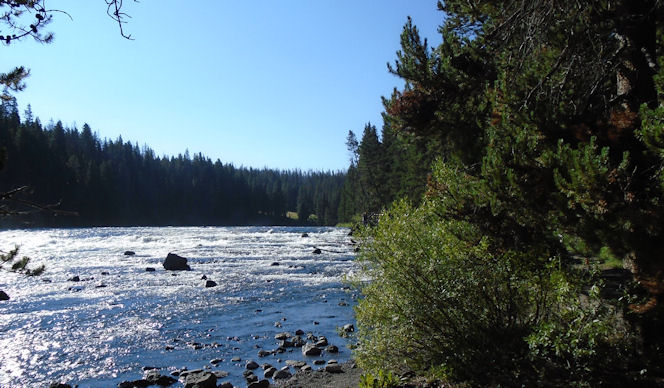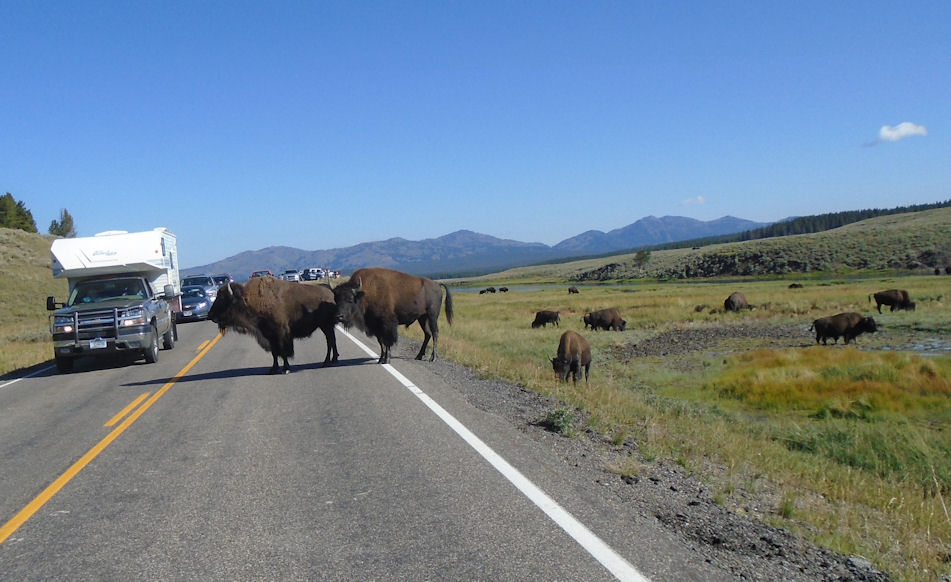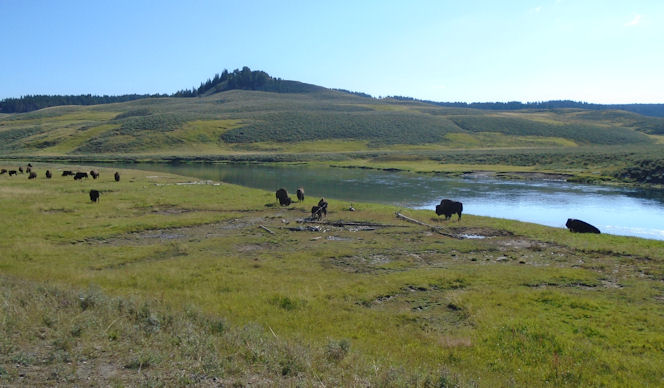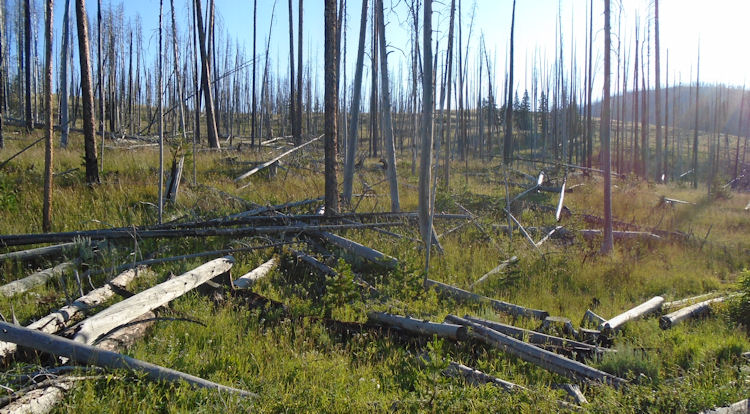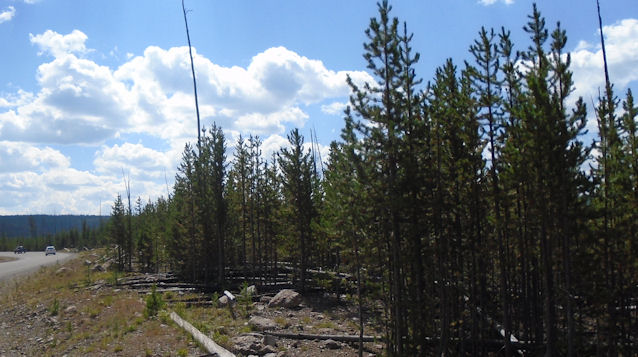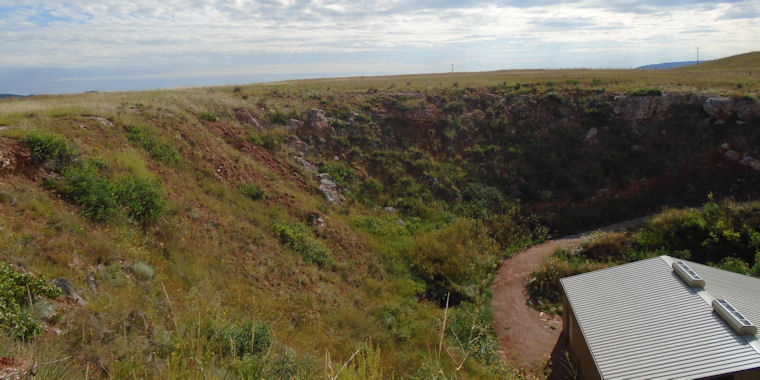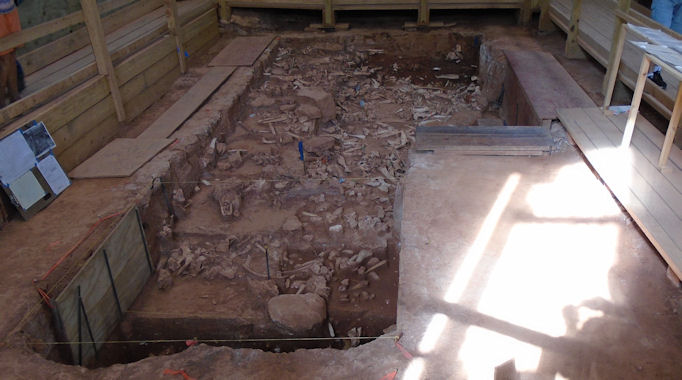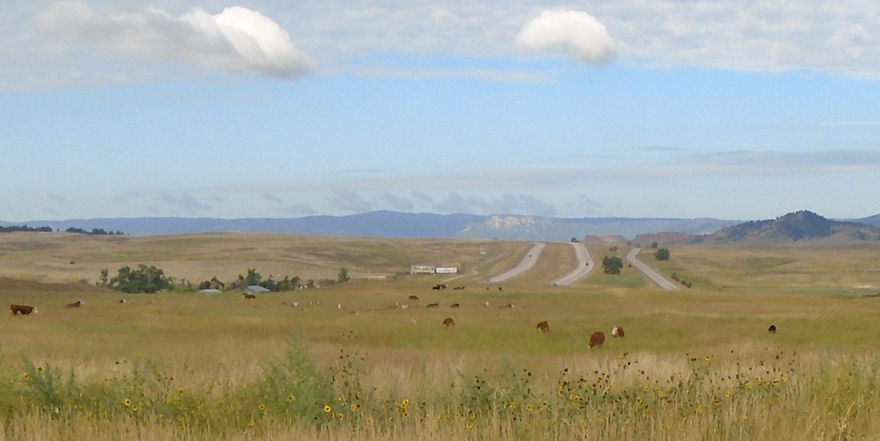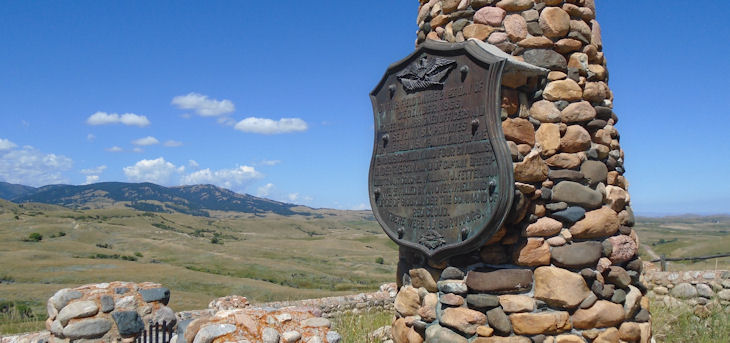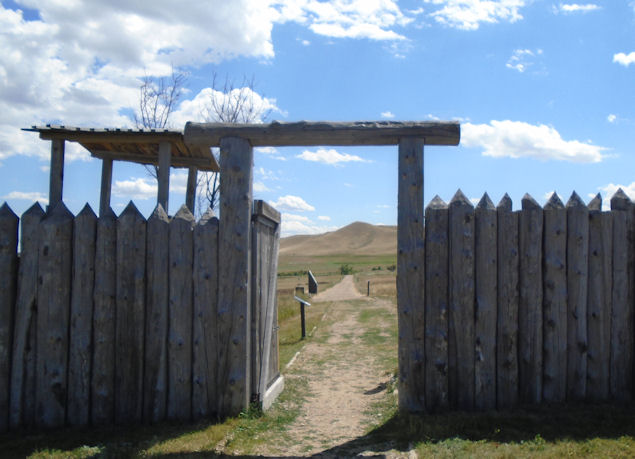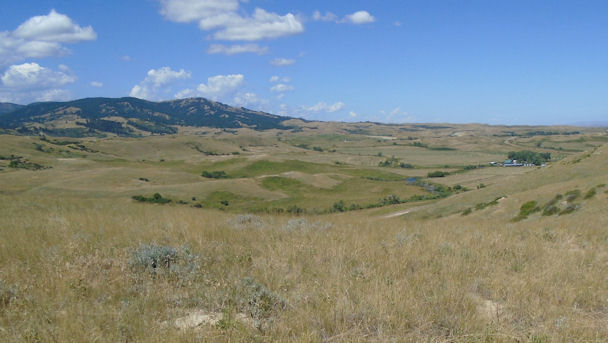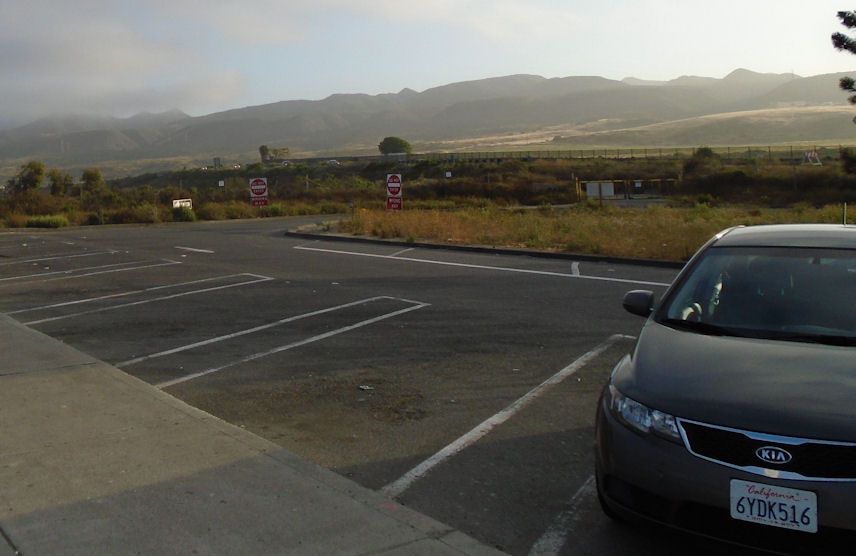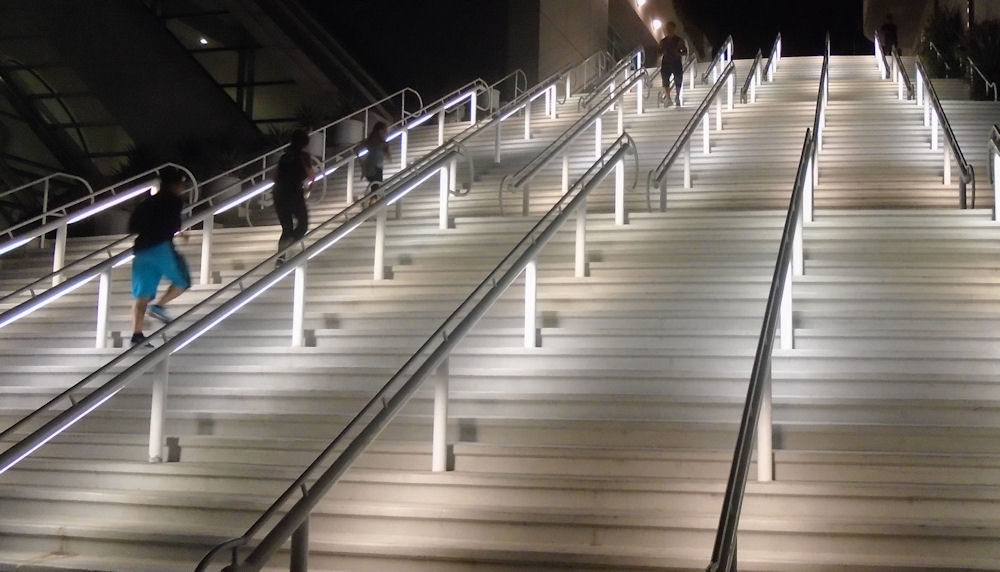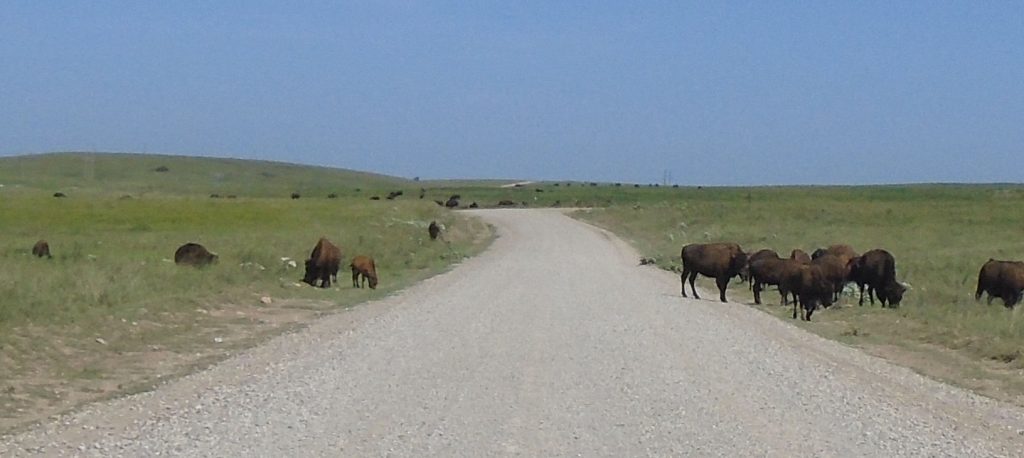
I have been donating to the Nature Conservancy for more than twenty-five years. The donor relations manager was nice enough to invite me for coffee and ask if there was anything she could do for me. There was. I wanted to visit the Conservancy’s tall-grass prairie. Actually, anybody can visit the unit, but her call meant that I got a special welcome and tour.
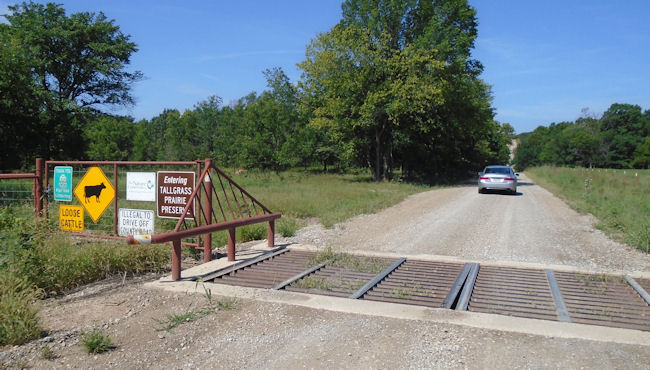
The unit is in Osage County. The land was never plowed. This was not due to any particular foresight but rather because the rocks are very close to the surface, making plowing difficult. It was a working cattle ranch, however. The people at the unit told said that the cattle ranch owners had been good stewards of the land.
I will let you read details of the tall-grass prairie at this link.
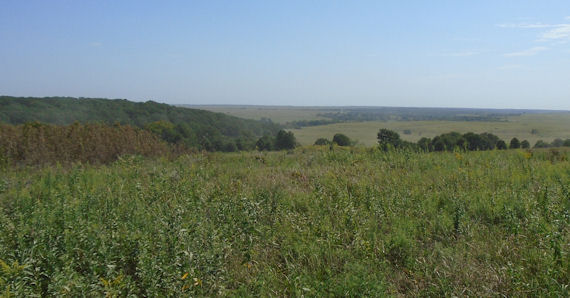
Today the cattle are gone, replaced by bison, as you can see in some of the pictures. The land is managed for tall-grass prairie, which requires fire and grazing. The tall-grass prairie is a particular ecosystem. As the name implies, it is dominated by tall grass, big bluestem. Bluestem grows 6-9 feet tall, with roots about that deep too. This means that it can withstand drought and burning. It REQUIRES burning. Tall-grass prairies are located in regions with enough rain to support forests. W/o burning, the trees would take over. As you can see in my pictures, the system has both trees, mostly oak, and grass. They coexist in dynamic tension.
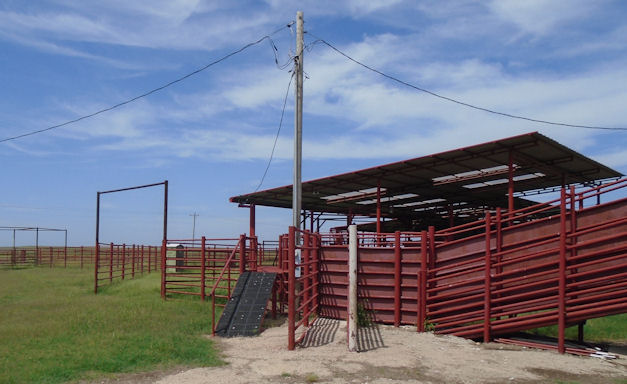
W/o grazing, the prairies would be much less diverse and robust. Big grazing animals, bison in the old days and cattle etc now, fertilize the soils, spread seeds and help push them into the ground. Bison also provide little wallows where water accumulates. The bison also support the unit. Each year they cull about 700 animals from the herd so that they do not exceed carrying capacity. The culled bison are auctioned off. The round up the bison every fall, to give them vaccinations, check them out and cull some. Above shows the pens where this is done.
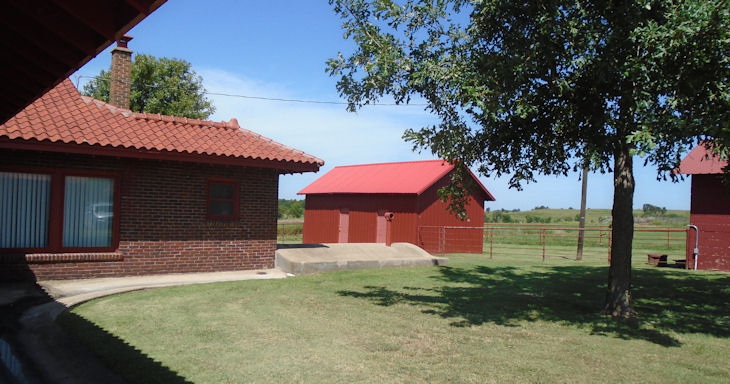
TNC has done a great job of restoration. They are also doing ongoing research in cooperation with Oklahoma State University and others. One of the best things about TNC is its cooperative nature. They partner. In this case, local ranchers are seeing the benefits of some of the land management techniques and working with TNC to expand the area of sustainability.
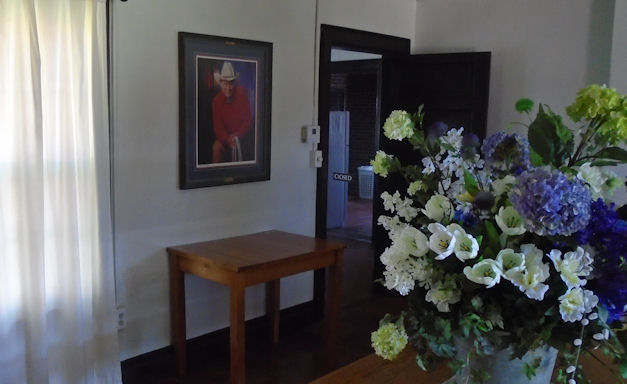
The original ranch has an interesting history. We saw a painting of cowboy actor Ben Johnson. He played along side John Wayne in many movies, including one of my favorites, “She Wore a Yellow Ribbon.” He was a real cowboy and he worked on the ranch here. His father was a ranch foreman.

